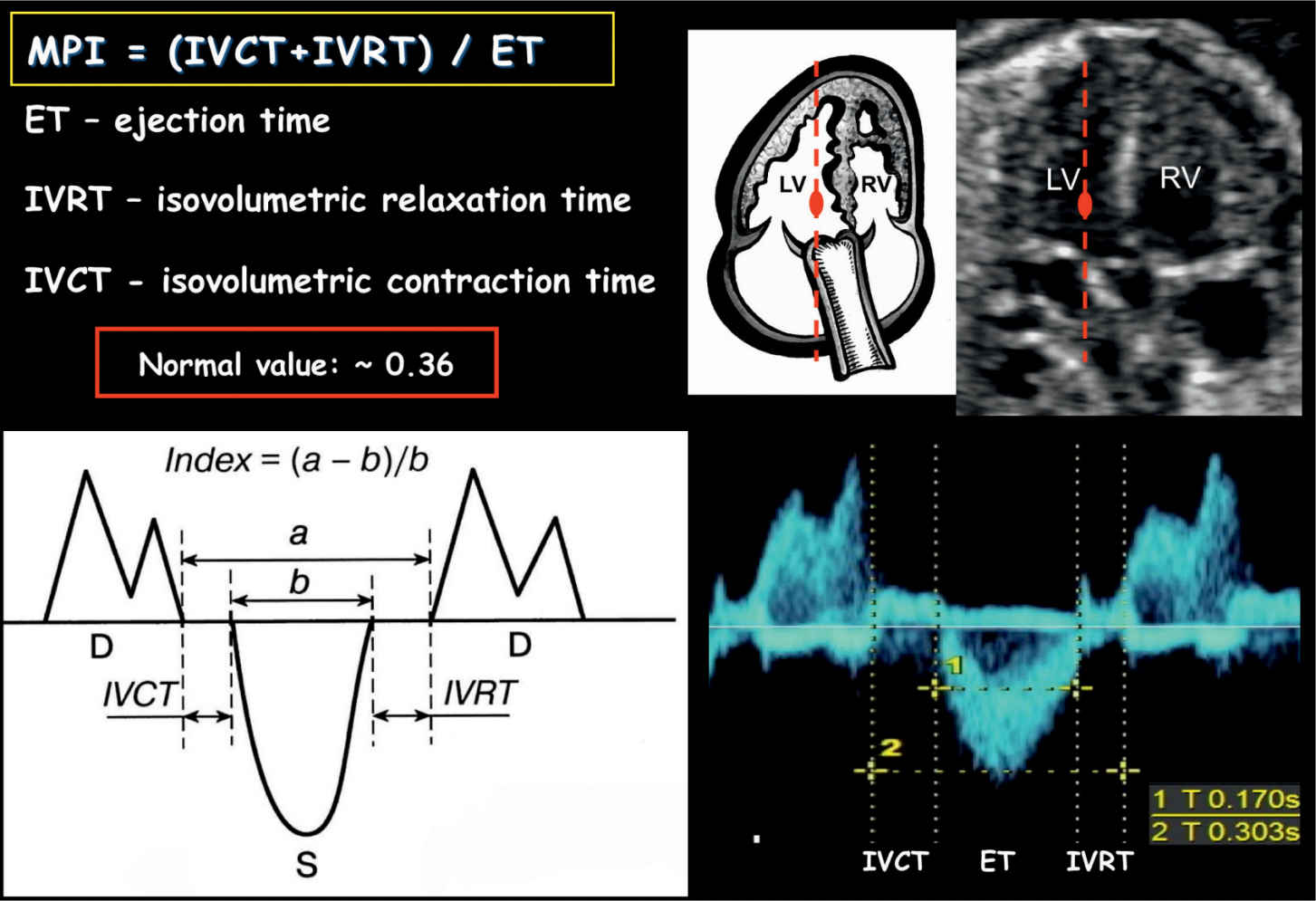
Fetal Cardiac Function Obgyn Key
The fetal ejection reflex, also known as the Ferguson reflex, is when the body "expels" a baby involuntarily — that is, without forced pushing on your part.

Anesthesia for Fetal Resuscitation
Fetal ejection reflex happens when your "primitive brain" (the part of the brain that controls basic functions) is in charge and not your "neocortex" (the part of the brain that controls language and thought). Ways to help it happen: 🙌🏽 privacy is protected. 🙌🏽 entry to the room is guarded. 🙌🏽 strangers kept away

Waterbirth with Strong Fetal Ejection Reflex Birth Story, Michelle Onaka
Baby is born and Odent reports "I have never had to repair a tear after a fetus ejection reflex." That last statement is bold considering there are reports that nearly 50% of women experience perineal trauma during delivery. 7 So what really drives this reflex? Odent reports that this reflex is induced by "physiologic fear."
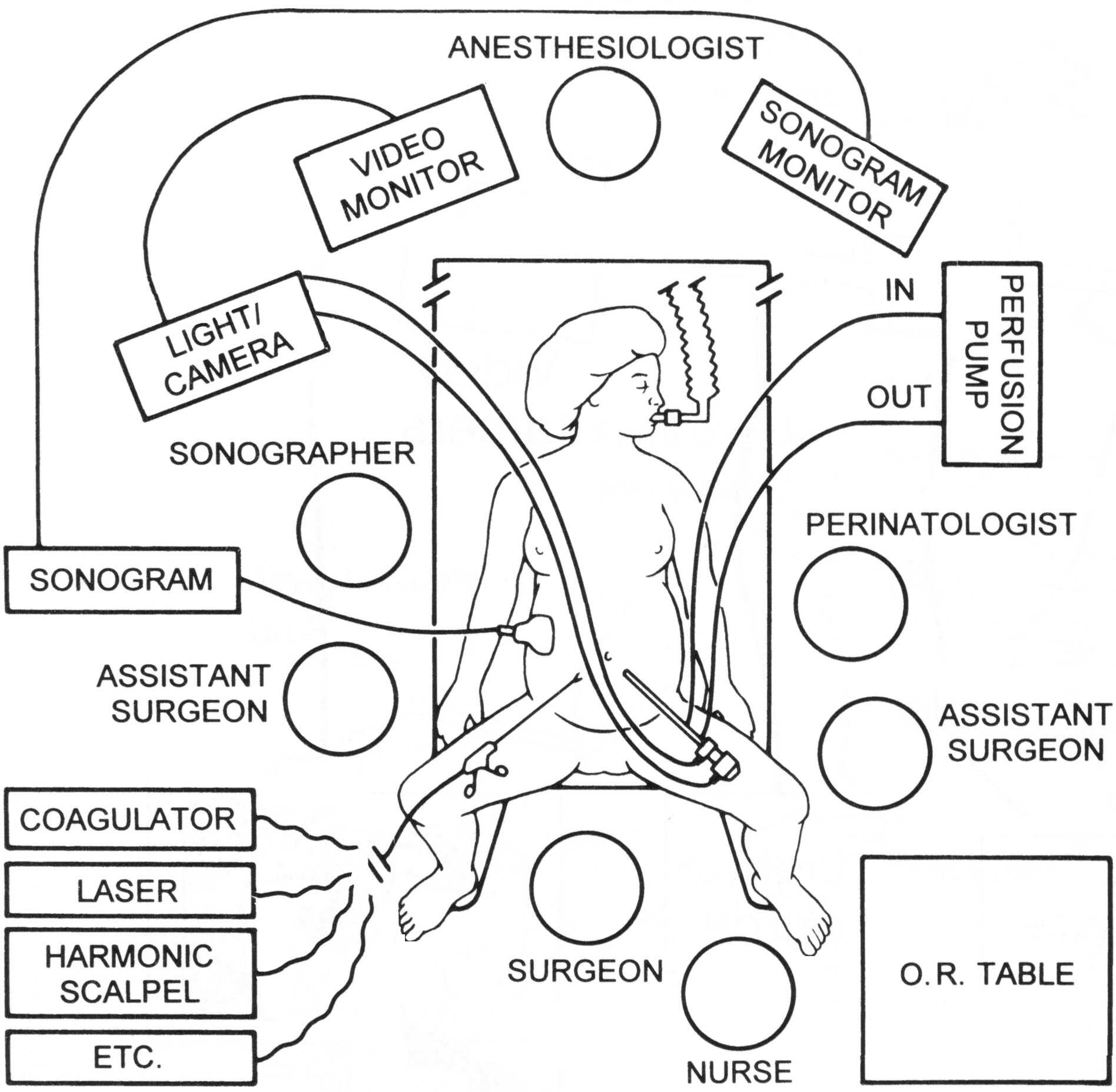
Techniques of Fetal Intervention UCSF Fetal Treatment Center
Marion discusses the fetal ejection reflex and an idea for a study comparing it to routine hospital care. This post is only available to members. To purchase an online membership, go here .

Fetal Assessment Obgyn Key
What is the fetal ejection reflex? The term 'fetal ejection reflex' was first used in the 1960s when Niles Newton was researching the effect of the environment on the birth of mice. In the 1980s, Michel Odent, a renowned French obstetrician and advocate of natural birth, suggested FER was possible in birthing women.
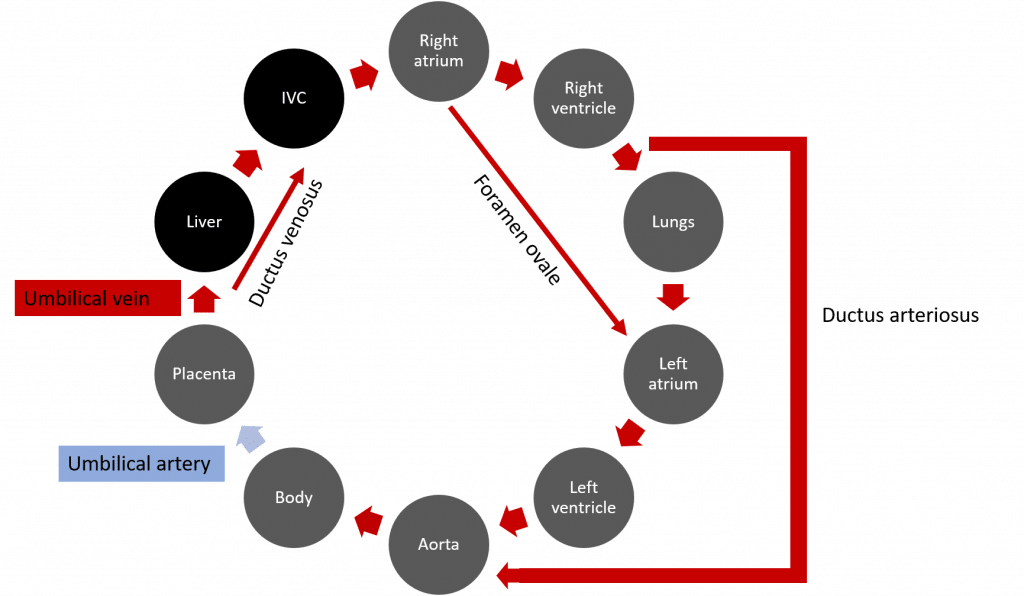
The Fetal Circulation Shunts Fetal haemoglobin TeachMePhysiology
This "fetus ejection reflex" may also occur physiologically when labor has been largely undisturbed, creating powerful, effective, and involuntary pushing.. may assist with respiratory preparations. Fetal prolactic production increases close to the physiologic onset of labor, and may promote newborn transitions. Maternal prolactin.
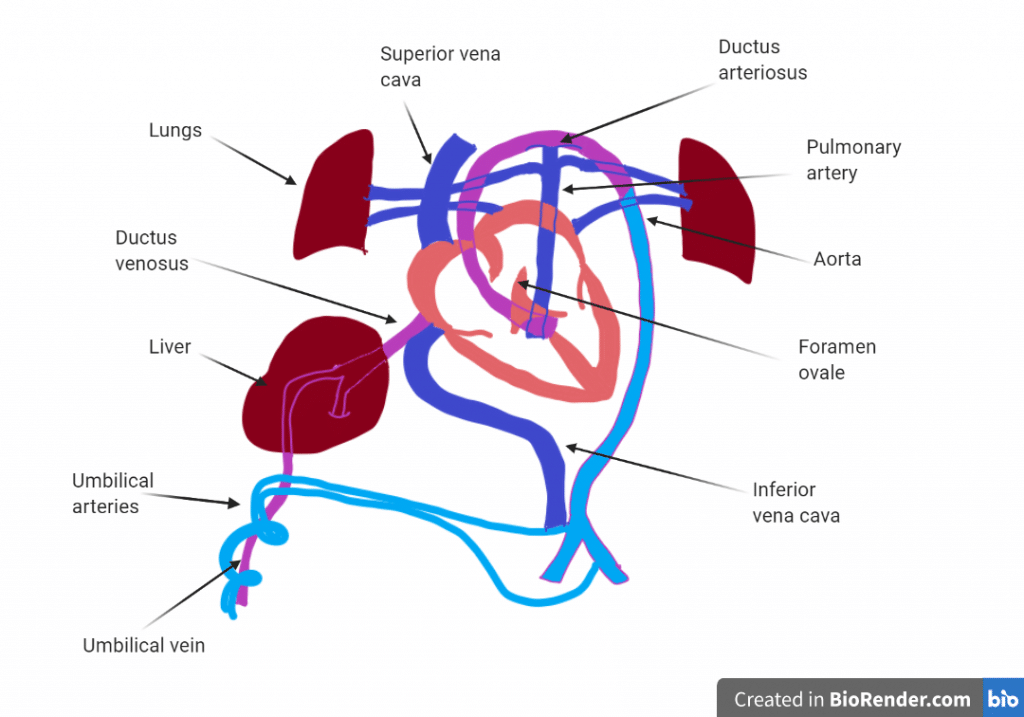
The Fetal Circulation Shunts Fetal haemoglobin TeachMePhysiology
The fetal ejection reflex is one that happens for most birthing women -- when they are fully safe, supported, and allowed to birth in peace. This, unfortunately, rarely happens in today's modern, North American birth world -- and is especially hard to come by in induction/pitocin-filled labor and delivery rooms. However, this primal state of.
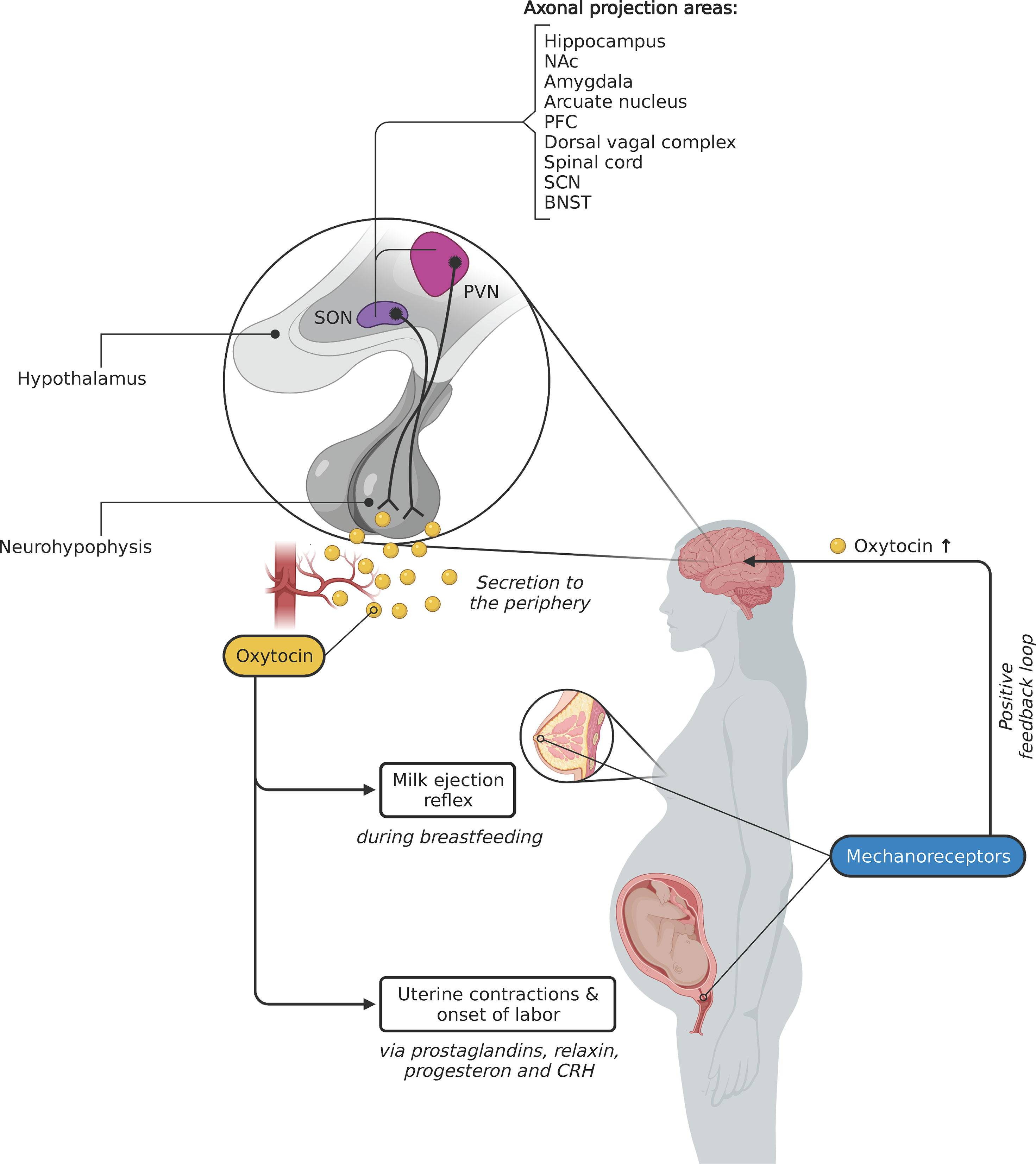
Frontiers The Role of Oxytocin and the Effect of Stress During Childbirth Neurobiological
The video below is an amazing explanation of the two major uterine muscles and how they work in harmony to contract the uterus. It also beautifully demonstrates how the muscles move and 'thicken' at the top of the uterus to allow for the fetal ejection reflex—where the mother's body expels the baby with little or no conscious effort.
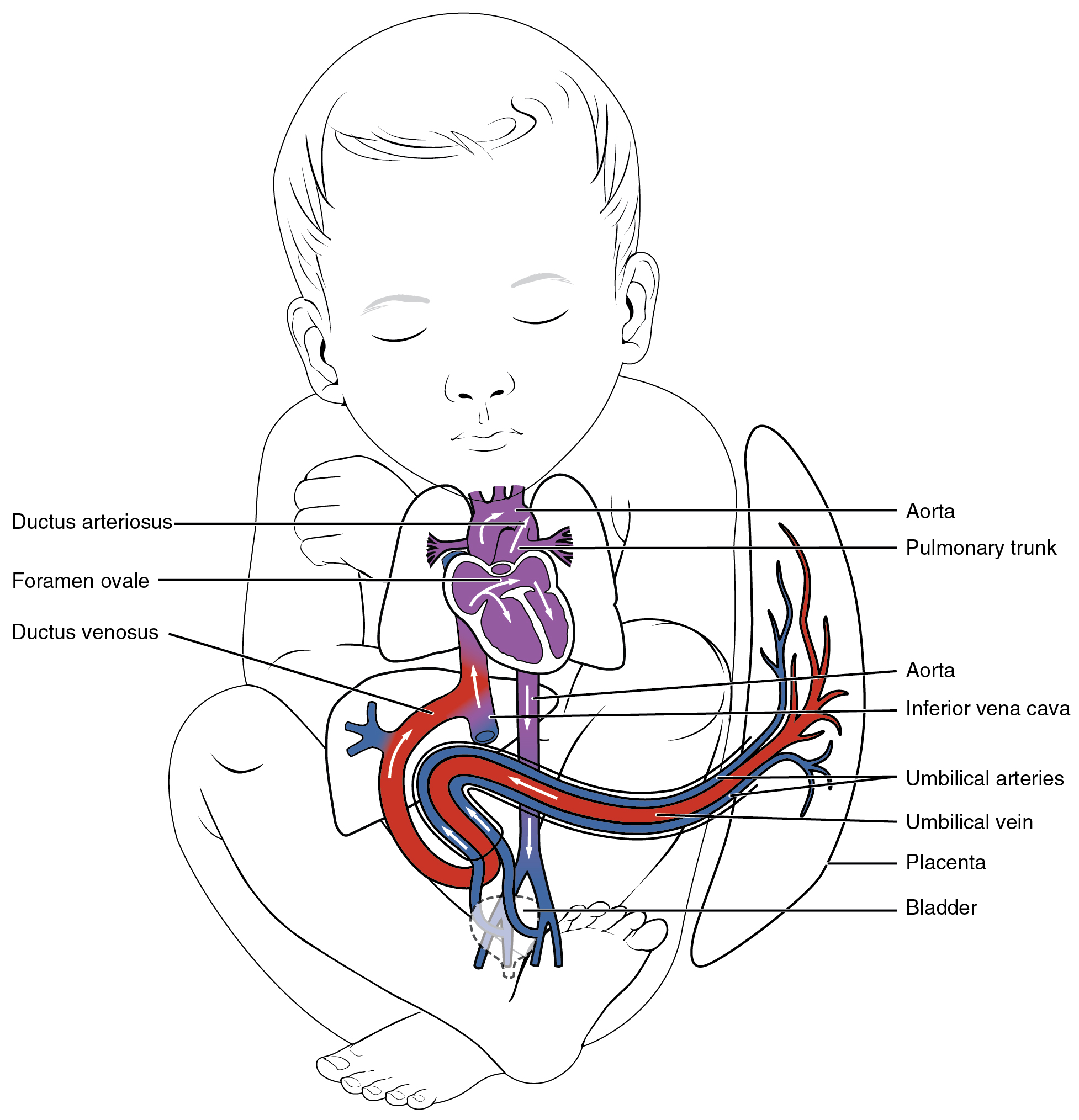
Development of Blood Vessels and Fetal Circulation · Anatomy and Physiology
The fetal ejection reflex happens when people feel fully safe, supported, and allowed to birth in peace. This can be rare to be seen or experienced in a birth filled with interventions, inductions and medication. What is the normal process for the fetal ejection reflex?🤔 How can you increase your chances of experiencing FER(fetal ejection.
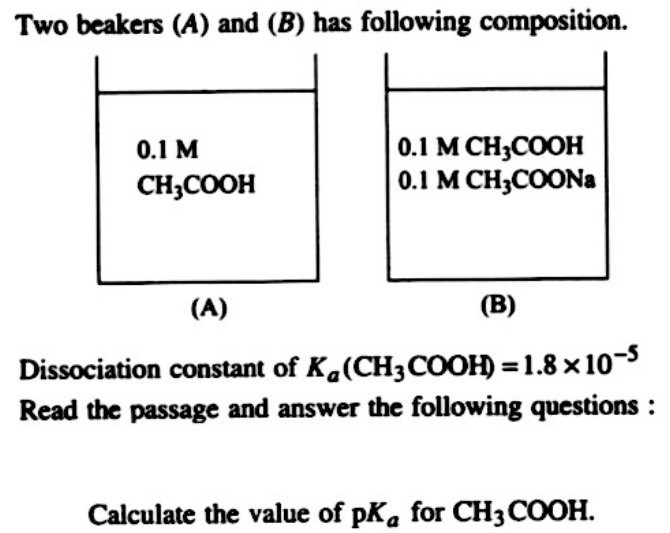
The fetal ejection reflex in humans triggersthe release of(a) oxytocin from fetal pituitary(b
Fetal Ejection reflex is a phenomenon which happens when the baby's head reaches of certain point in the pelvis, stimulating an urge to push. Hamilton pelvic floor physiotherapist, Mia Dang, describes the Fetal Ejection reflex during birthing and how it can help moms eliminate unnecessary pushing. Fetal Ejection reflex is a phenomenon which.
Explain milk ejection reflex mechanism.
The term fetal ejection reflex was first used when a man by the name of Ferguson realized that giving birth is more like a reflex than it is a purposeful action. Of course, we didn't need science to tell us what 1000's of years of women could tell you but, this is how it is in the scientific community.

Fetal Development · Anatomy and Physiology
The Fergusson reflex (also called the fetal ejection reflex) is the neuroendocrine reflex comprising the self-sustaining cycle of uterine contractions initiated by pressure at the cervix, more precisely, the internal end of cervix, or vaginal walls. It is an example of positive feedback in biology. The Ferguson reflex occurs in mammals. Mechanism

Waterbirth with Strong Fetal Ejection Reflex Birth Story, Michelle Onaka
The fetus ejection reflex

Waterbirth with Strong Fetal Ejection Reflex Birth Story, Michelle Onaka
How to Have an Easy Labor --The Fetal Ejection Reflex is one of the key factors in having a fast and easy labor. Don't birth without it! This first video in.

Waterbirth with Strong Fetal Ejection Reflex Birth Story, Michelle Onaka
So it kind of just stopped trying to throw up and instead just kind of really focused. I think I have a very strong fetal ejection reflex, or at least that's what I felt! So I just kind of, in-between contractions, I just kind of sat there and readied myself knowing that when it hit, my body was going to keep forcing the baby down..
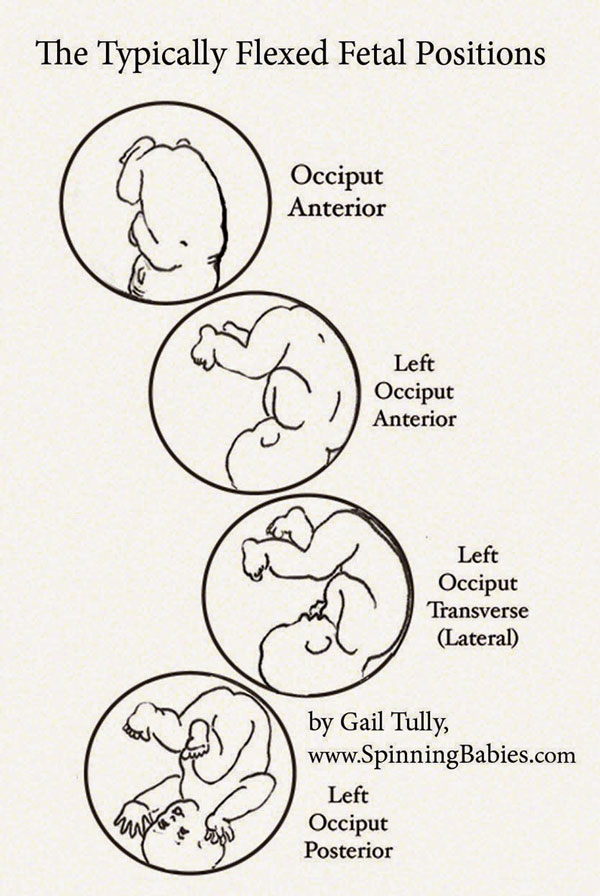
Flexion Matters Spinning Babies
Catecholamine release and the temporary shutdown of labor protect the animal and her young. When birth is very close, a surge of catecholamine takes place and, now, the result is quite different. A fetal-ejection reflex appears to occur. In the wild, when birth is very close, getting the baby animal out quickly allows the mother to move to safety.